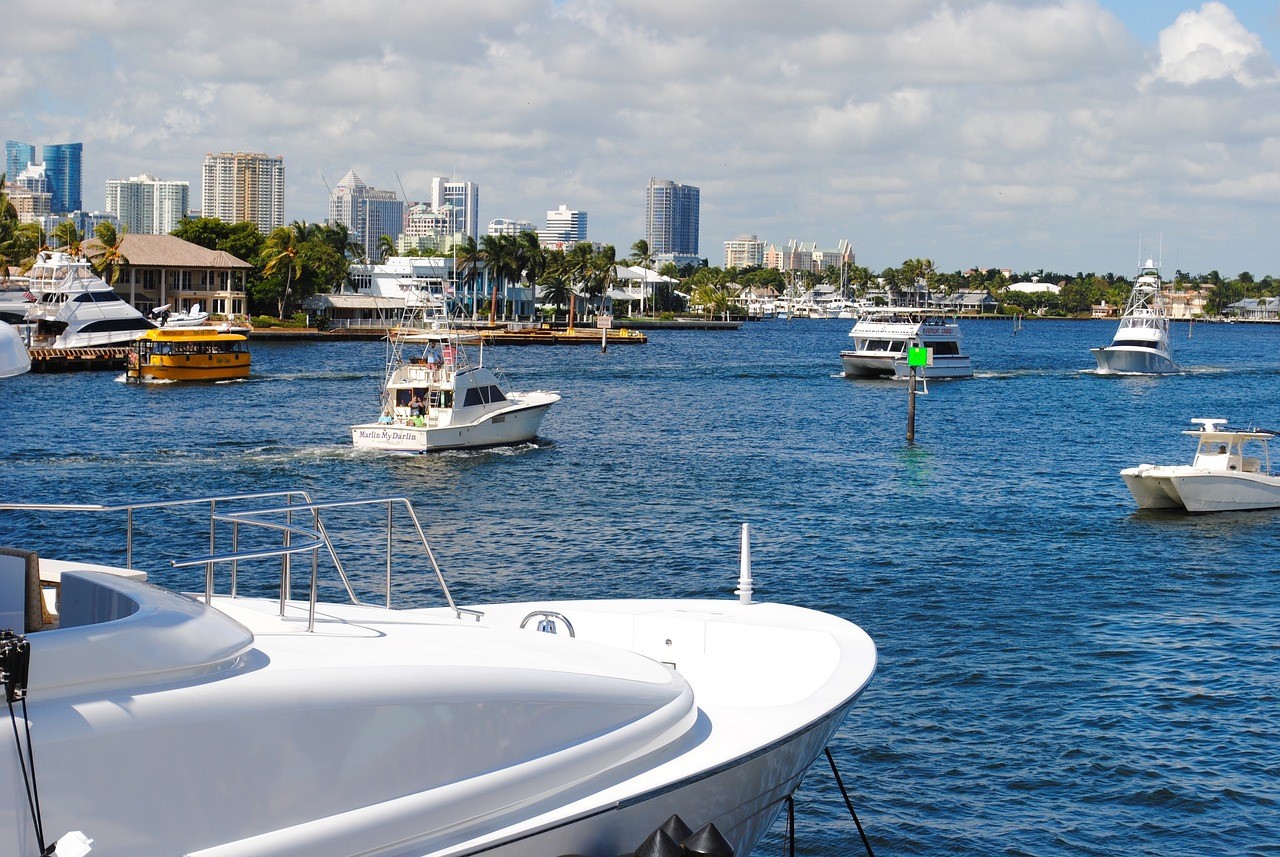
Stowing your boat during seasons of non-use or throughout the winter can be crucial for maintaining its condition. However, the variety of storage possibilities can leave many boaters scratching their heads: How much will it set me back? How do I find a boat storage facility near me? What about additional storage compartments for my gear?
Rest assured, we are here to guide you through the maze of boat storage options. Let’s dissect the main storage avenues:
- In-water storage
- Dry outdoor storage
- Dry indoor storage
Land-Based Storage Locations for Your Boat
While some watercraft owners choose to leave their vessels in the water all year round, this is only advisable in temperate locations or when the boat is thoroughly prepared for winter. In cold seasons, an agitator is essential to keep the surrounding water from freezing and damaging your boat.
Storing Your Boat on Dry Land Outdoors
Dry outdoor storage is a popular choice due to its affordability and relative safety. You may be wondering, “where can I find outdoor boat storage near me?” The answer is simple: If you live near water bodies, there will be easily accessible outdoor boat storage. Nearly all marinas and boatyards offer this service, and commercial storage facilities do too. In popular boating areas, fenced lots offer seasonal boat storage and summer boat trailer storage.
Indoor Dry Boat Storage
Indoor boat storage, though pricier, provides the best protection for your vessel. However, unless you have a covered “dry stack” facility (also known as a “boatel”), finding indoor boat storage can be a challenge. If you have a garage that can accommodate your boat, it’s a clear choice. Otherwise, you may find yourself asking, “where can I find indoor boat storage near me?” The answer might not be as straightforward.
Pricing Your Boat Storage
The cost of boat storage varies depending on your location and boat size. Economic conditions in your area will influence storage prices. Plus, the space your boat occupies will significantly impact the cost.
The range can be broad, from a few hundred dollars for a small boat stored in a fenced field over winter, to thousands for indoor storage, and even tens of thousands for large boats in a wet slip. A loose estimate for minimal indoor or covered storage is around $50 per foot of boat. But in costlier areas, prices can skyrocket to $200 per foot for a season or more.
Do consider that if you opt for year-round indoor storage, you don’t have to worry about summer slip fees, and your boat stays protected all year. Conversely, storing your boat in a wet slip eliminates the need to find and pay for winter storage separately. However, regular maintenance will still incur haul-out fees.
If your boat is on a trailer, you can often find relatively cheap storage spots at local marinas with boat ramps. Keep in mind, you’ll need a vehicle capable of towing your boat to and from the boat ramp.
Pros and Cons of Different Boat Storage Options
For Slip Holders: Storing a boat in the water all year may seem convenient, but it comes with risks. For instance, if your marina loses power and the agitator stops working, ice damage can occur. Therefore, most boat owners prefer dry storage during off-seasons, particularly in areas with harsh winters.
Storing your boat at a marina often comes with additional perks like swimming pools, clubhouses, WiFi, fish-cleaning stations, and dock boxes. All these can enhance your boating experience.
Outdoor Storage: Benefits include low cost and availability. However, security can be an issue. Ensure the facility is fenced, locked, and equipped with a security system or video surveillance. Remember, outdoor storage requires shrink-wrapping your boat or securely covering it during winter to prevent water intrusion and weathering.
Indoor Storage: While indoor boat storage offers the best protection, it can be expensive and not always readily available. Some facilities may require you to schedule your boat use in advance, and they may not permit boat owners to perform maintenance on-site. Despite these drawbacks, indoor storage is ideal because it significantly extends your boat’s lifespan.
Frequently Asked Questions about Boat Storage
What’s the cost of winter boat storage?
Costs vary depending on location and boat size. For a rough estimate, expect to pay between $50 and $200 per foot for indoor storage and $20 to $50 per foot for outdoor storage, per season.
How much does boat storage cost annually?
The cost doesn’t fluctuate much between summer and winter for most dry stack facilities. If you store your boat on land throughout the year, the prices above can give you an idea. Wet slip storage costs will depend on location and boat size.
How do you prepare a boat for winter storage?
It’s best to have your boat professionally shrink-wrapped for winter storage. Tarps can provide protection, but they need to be securely fastened and supported to prevent leaks and collapses.
What’s the cost of dry boat storage?
The cost varies widely depending on boat size and location. Covered storage is more expensive than open storage, and indoor dry storage typically costs significantly more than outdoor storage.
How do you cover a boat for winter storage?
Professional shrink-wrapping is the best method for covering a boat for winter storage.
What is dry storage for boats?
Dry storage for boats is any storage where the boat isn’t kept in a wet slip or in the water.

